
Great black cormorant
Phalacrocorax carbo
Birds are the most abundant group of vertebrate wildlife in all the natural environments in Spain. Rivers, far from being the exception to this rule, are home to many bird species: some go there to eat, or to nest or to rest, others follow the course of a river, using it as a migratory route to travel between Europe and Africa.
Birds are clearly present during the wintertime. Leafless trees reveal these inhabitants, who are also more abundant and, generally, larger than those that are usually found in fairer weather. However they are not so easy to see in spring and summer, but they can be heard singing among the leaves that protect them. Identifying these birds by their song is a complex task for all but the experts.
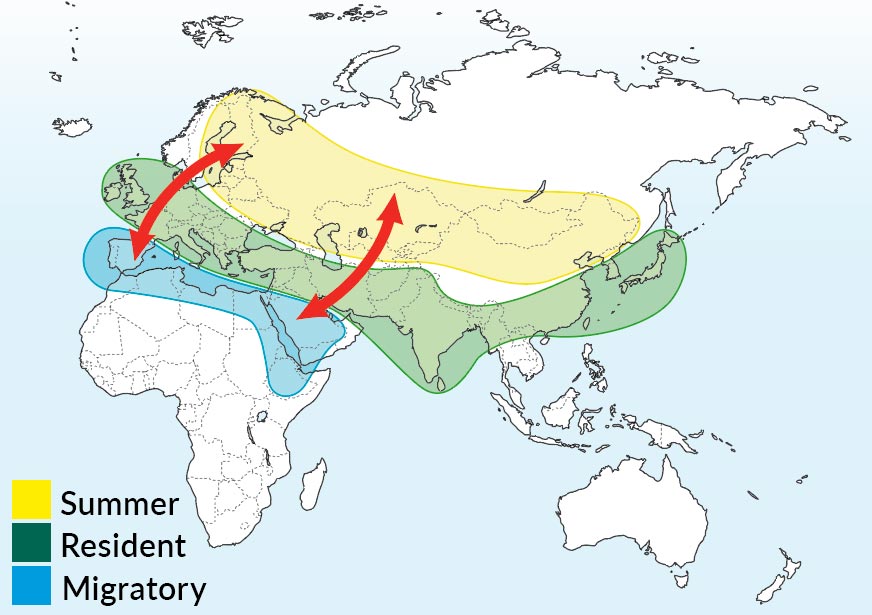
The great black cormorant, which breeds and spends summer in North-eastern Europe, is a migratory bird that is common in Mediterranean countries, where the climate is more temperate.

Great black cormorant
Phalacrocorax carbo
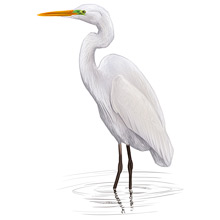
Great egret
Casmerodius albus

Grey wagtail
Motacilla cinerea
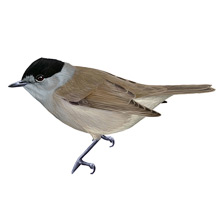
Eurasian blackcap
Sylvia atricapilla
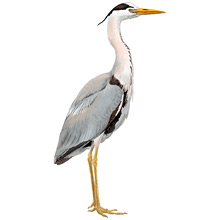
Grey heron
Ardea cinerea
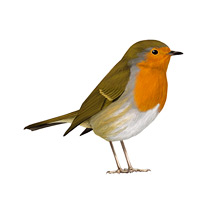
European Robin
Erithacus rubecula
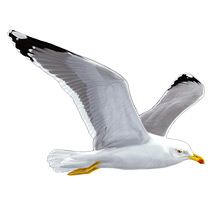
Yellow-legged gull
Larus michahellis
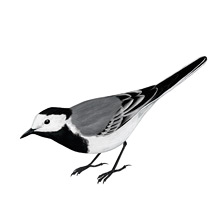
White wagtail
Motacilla alba

The night heron makes its nests in the riparian forests of Southern Europe and Asia, however it migrates to Africa and Southern Asia during the winter.
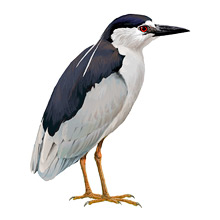
Black-crowned Night-heron
Nycticorax nycticorax
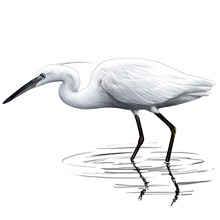
Little egret
Egretta garzetta
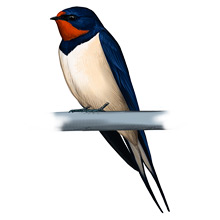
Swallow
Hirundo rustica
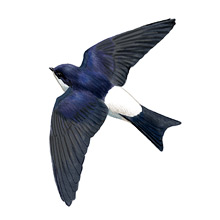
House martin
Delichon urbica
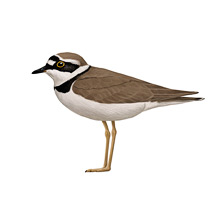
Little ringed plover
Charadrius dubius
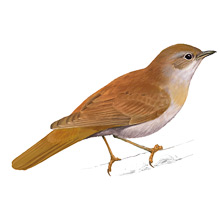
Nightingale
Luscinia megarhynchos
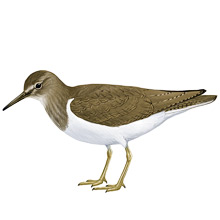
Common sandpiper
Actitis hypoleucos

Golden oriole
Oriolus oriolus
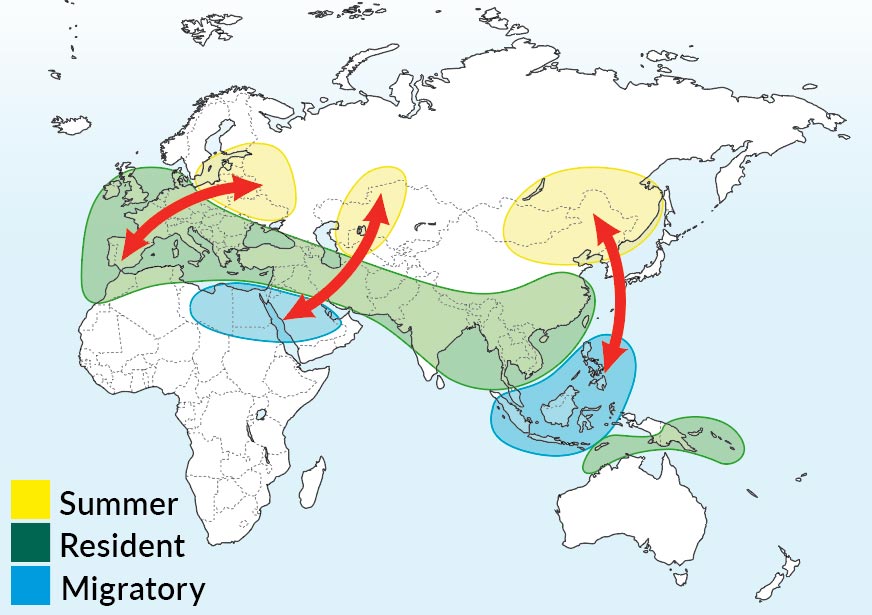
The kingfisher enjoys temperatures and conditions here that are ideal for year-round habitation, especially in rivers and other areas where there are bodies of water.
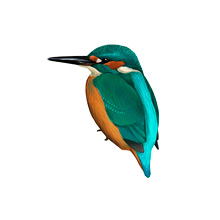
Kingfisher
Alcedo atthis
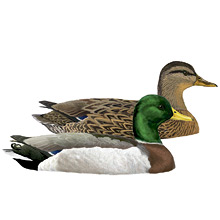
Mallard duck
Anas platyrhynchos
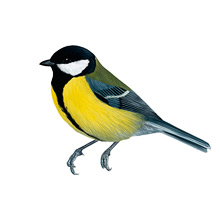
Great tit
Parus major

Wren
Troglodytes troglodytes
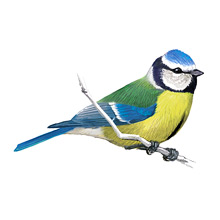
Blue tit
Parus caeruleus

Common moorhen
Gallinula chloropus

Short-toed treecreeper
Certhia brachydactyla
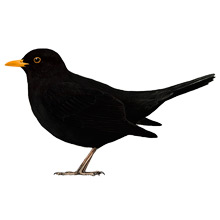
Blackbird
Turdus merula

Long-tailed tit
Aegithalos caudatus
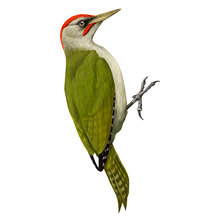
Green woodpecker
Picus viridis
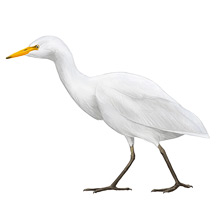
Western cattle egret
Bubulcus ibis
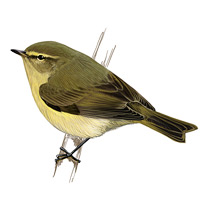
Common chiffchaff
Phylloscopus collybita
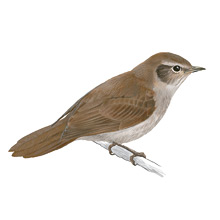
Cetti’s warbler
Cettia cetti
The warming of the planet over recent decades is causing significant changes in the structure and functioning of natural systems, as well as in the way they work. In the context of the Mediterranean region, it is difficult to identify those changes related to climate change that may have occurred in the rivers of the region, as they are already highly regulated and have been altered by excessive catchment areas and a wide range of infrastructures. Recent studies however indicate that low river flows and the frequency of extreme events are increasing, from droughts through to floods. With respect to birds, mating calls and reproductive activity are now being detected one or two weeks' before they were previously, while migrations are also beginning and ending both earlier and later. This often leads to timing issues when it comes to the availability of food sources, whether plant (fruit) or animal origin (the emergence of aquatic insects, the activity of amphibians, rodents and other bird species, etc.).
Illustrations: © Toni Llobet and Martí Franch
Recordings and audio: © Eloïsa Matheu